A meal ended with a lip
While in college my teammates and I would pack a lip after we ate. This post meal ritual, while vile and disgusting, served an important role for us. By placing chewing tobacco (usually Copenhagen) in our mouths, we simultaneously forced ourselves to stop eating as it was practically impossible to eat and chew tobacco at the same time AND signaled to our bodies and minds that we were finished. This was in the early 90’s when I was wrestling for Ohio State and cutting massive amounts of weight, in fact, I used to cut an average of 22 pounds each week!
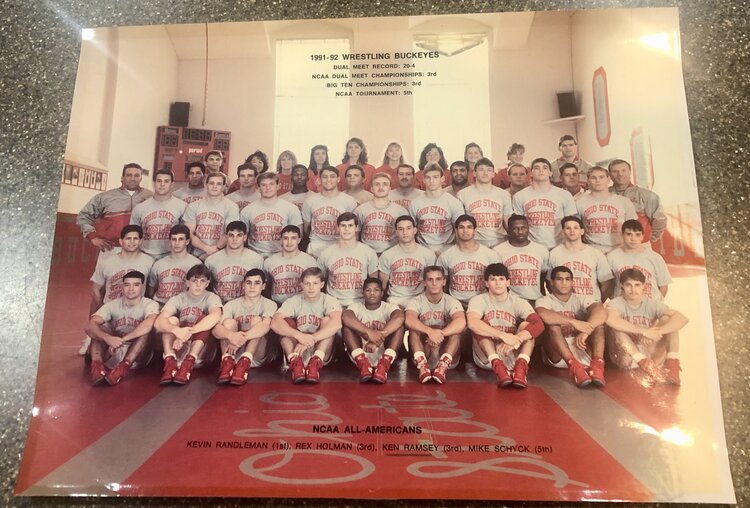
Tobacco meant the meal was over
For most weeks during wrestling season we were eating dangerously little amounts of food – way too little to signal satiety in our bodies. Instead, we used the act of chewing tobacco after every meal to serve as a proxy for those signals. We did it after every single time we ate – large meals out of season, medium size meals after weigh-ins and practically non-existent meals toward the end of each week before weigh-ins. Eventually, it became a powerful signaling mechanism for us. This signaling mechanism was so strong in my life that it was undoubtedly one of the factors that contributed to my weight gain after Christina thankfully helped me kick the dangerous habit of chewing tobacco.
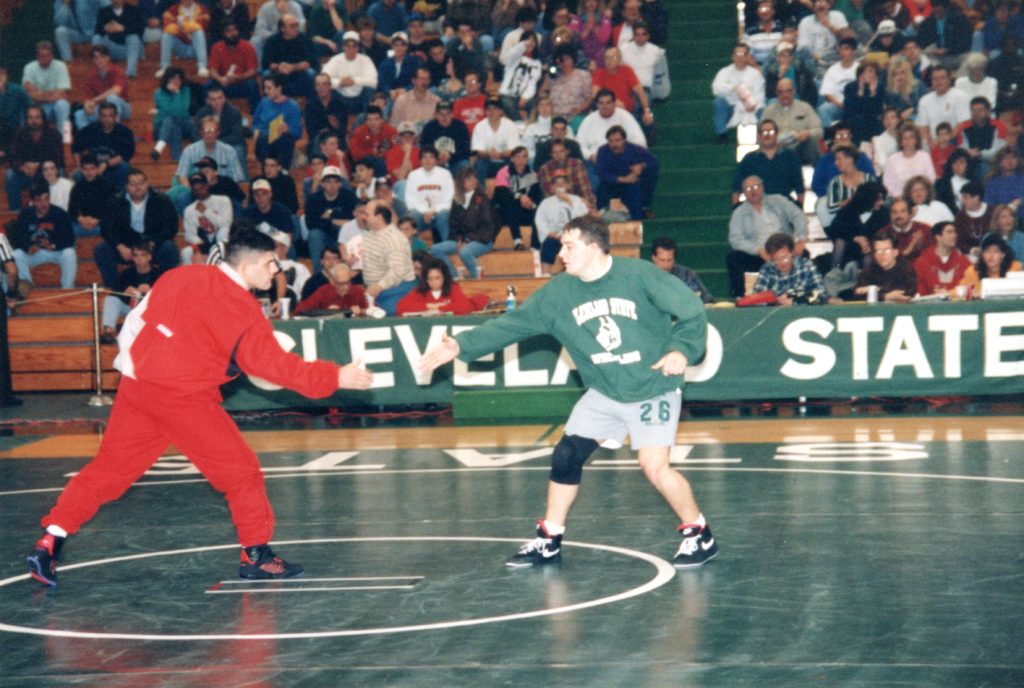
I am in no way suggesting that anyone should ever chew tobacco for any reason whatsoever. Instead, I am sharing that embarrassing story to convey how powerful environmental signaling mechanisms can be to help us manage the amount of food we consume. And, don’t worry, I have a safer alternative to Copenhagen…read on!
Plating – a safe and effective alternative
I had the honor of delivering the keynote address and sharing the stage with some incredible powerhouses in the low carb, keto, and carnivore spaces at the Low Carb Denver Conference this past weekend.
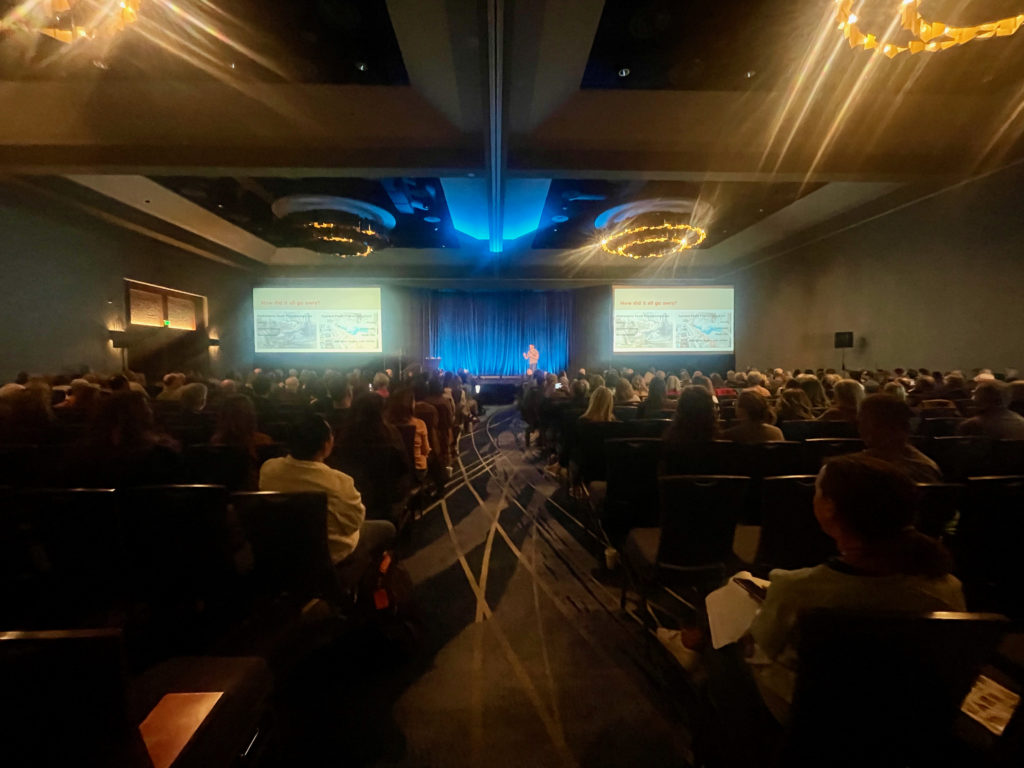
The other speakers were fantastic. Their presentations filled our minds with all sorts of new information and inspired us to implement a lot of it in our own lives, in our teaching at the ESFL and in our food preparation at the MSAK when we return.
It was something I heard during one of the presentations that sparked the idea for this blog post. While delivering her paper, “Time Restricted Eating vs Intermittent Fasting,” speaker Nadia Pateguana mentioned that the act of plating food is a powerful way to manage how much you eat at any given time. When she said it a light bulb went off. And, she was absolutely right!
In the past, whenever I arranged food on a plate with the intent that the amount on the plate was all I was going to eat, the empty plate signaled I was done. She made this point in the context of her larger message that when intermittent fasting eating two meals spaced apart from one another is a better strategy than eating constantly throughout the entire eating window. She suggested not eating between meals or while you are cooking. But, instead, spend the time creating beautiful plates of food that you take to the table to share with your family.
When that plate of food is done you are done eating.
Simple.
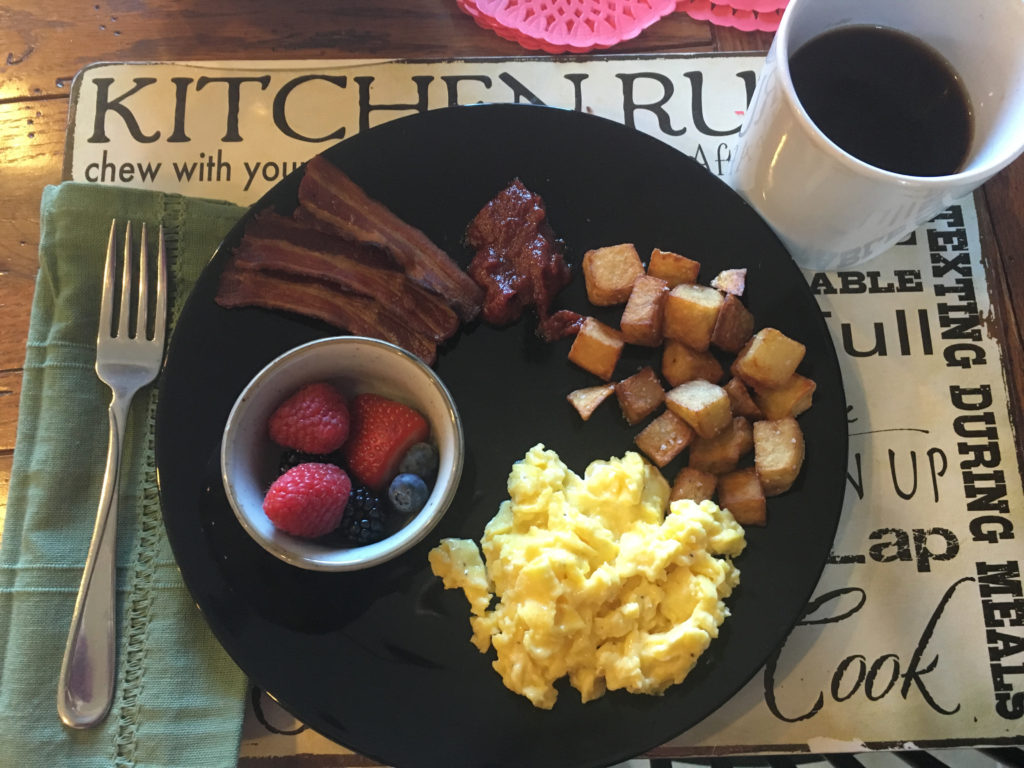
I completely agree and would even extend the power of plating even further. If you are preparing truly nourishing and delicious food you are creating something to be proud of – the little amount of extra time needed to make it beautiful is worth the effort.
Just as much as an empty plate signals the end of the meal, a beautifully prepared dish is a work of art and signals to you and the people you are nourishing that it is something special.
It’s in our DNA
We should not need any external signaling mechanisms to influence our eating patterns. Wild animals rely upon their senses created through millions of years of evolutionary pressures to determine when to eat, what to eat, how much to eat, and when to stop eating. But we have several things working against us that undermine our ability to do the same.
First and foremost, the modern industrial food system exerts a great deal of effort preying on our senses by pushing evolutionary buttons and pulling signaling levers to trick us into wanting more and more (check out Mark Schatzker’s book, The Dorito Effect: The Surprising New Truth About Food and Flavor to learn more about this phenomenon).
Of course they do.
Us eating more translates directly into larger profits for them.
A lifetime of eating from this system has greatly inhibited our ability to trust our own bodies even when we do have access to nourishing food. I am convinced we can use all the help we can get signaling when to stop eating – at least, that is, until we remove ourselves from that system and nourish ourselves properly long enough to begin to trust our bodies again. In the meantime, spend the extra effort plating food and sitting down together as a family.

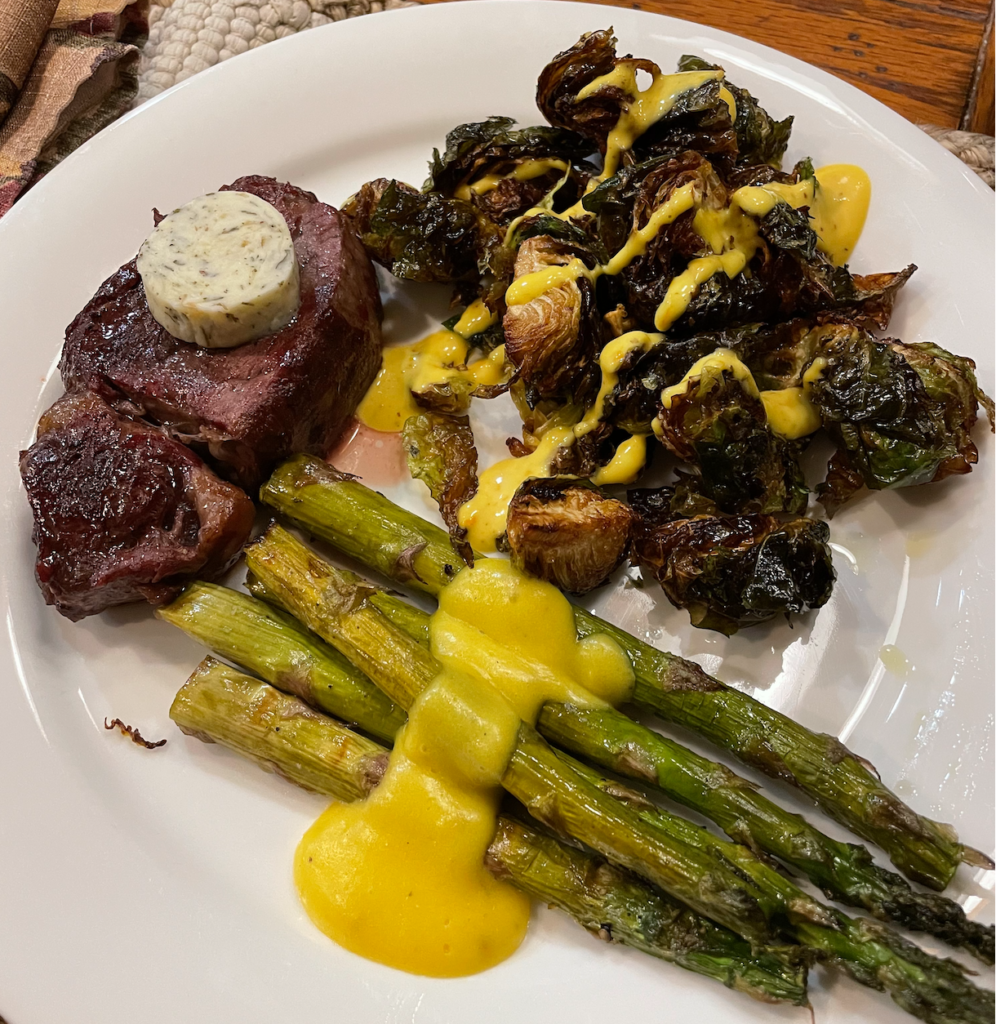
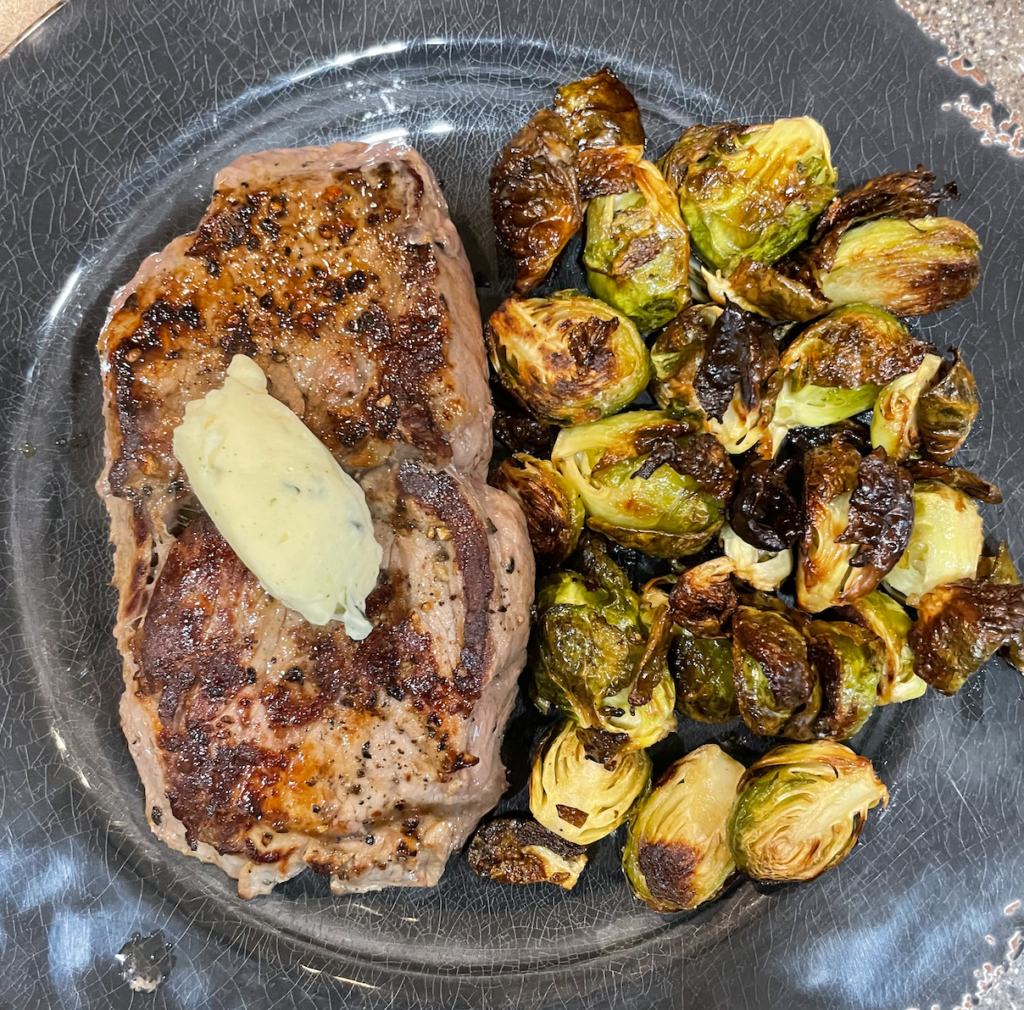
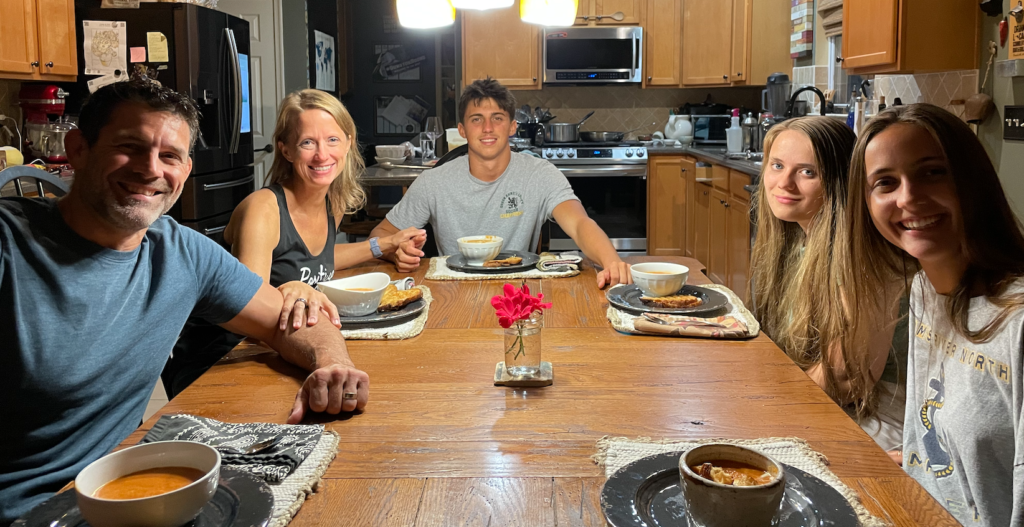
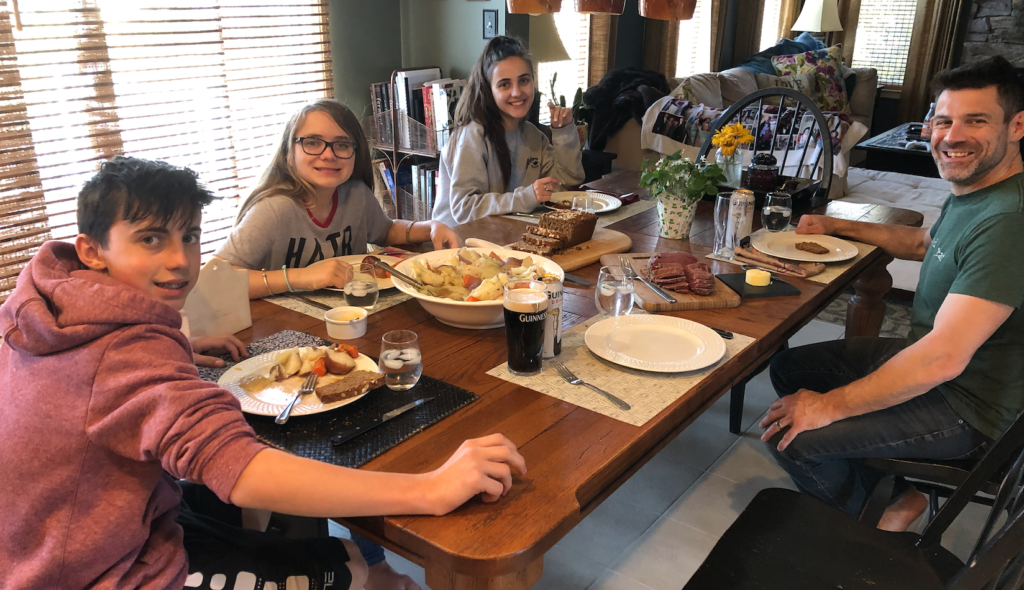
Take-Aways
- Don’t eat while you are cooking
- Don’t snack outside of meal time.
- When that plate is done, you are finished eating your meal.
- Oh, and don’t forget to snap a photo of the plated food before you eat it for Instagram! and tag us!! @drbillschindler @modernstoneagekitchen
Did you spot Bill??
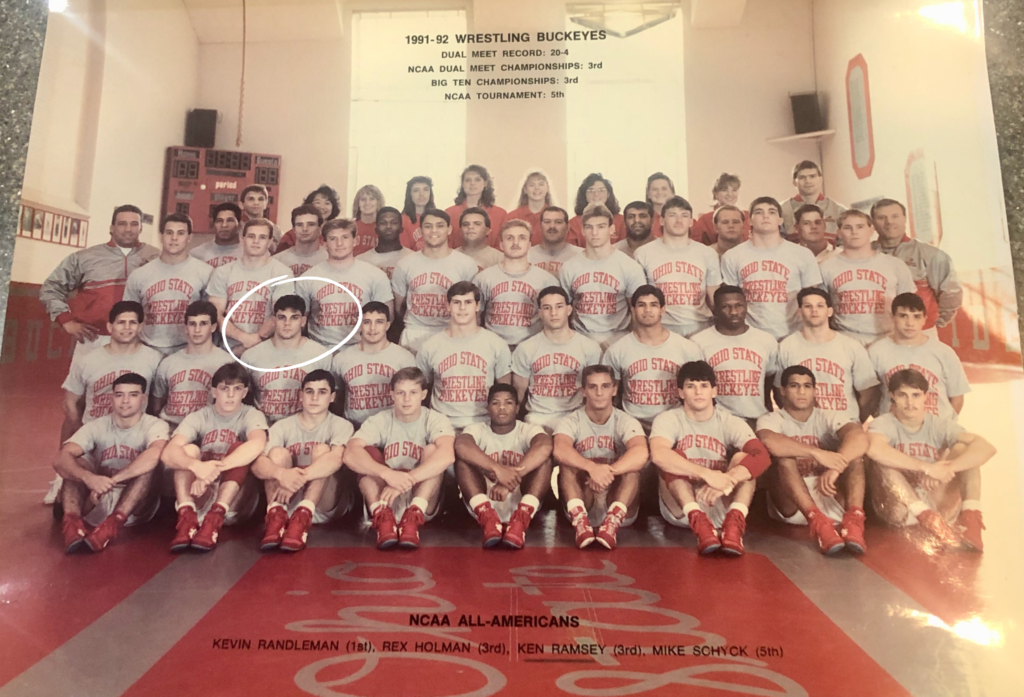

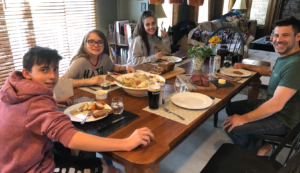
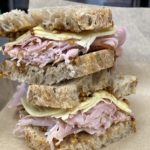

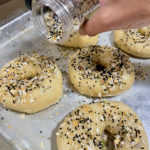
 PART III – There is a lot going on at 236 Cannon Street
PART III – There is a lot going on at 236 Cannon Street
Nice post about this very important concept and a good follow up to the Low Carb Denver conference. It was a pleasure hearing you speak and being able to meet you in person. Great weekend.
Thank you so much! Yes, it was an excellent weekend with so many take-aways! Hope to see you in Chestertown to visit our Eastern Shore Food Lab and Modern Stone Age Kitchen!